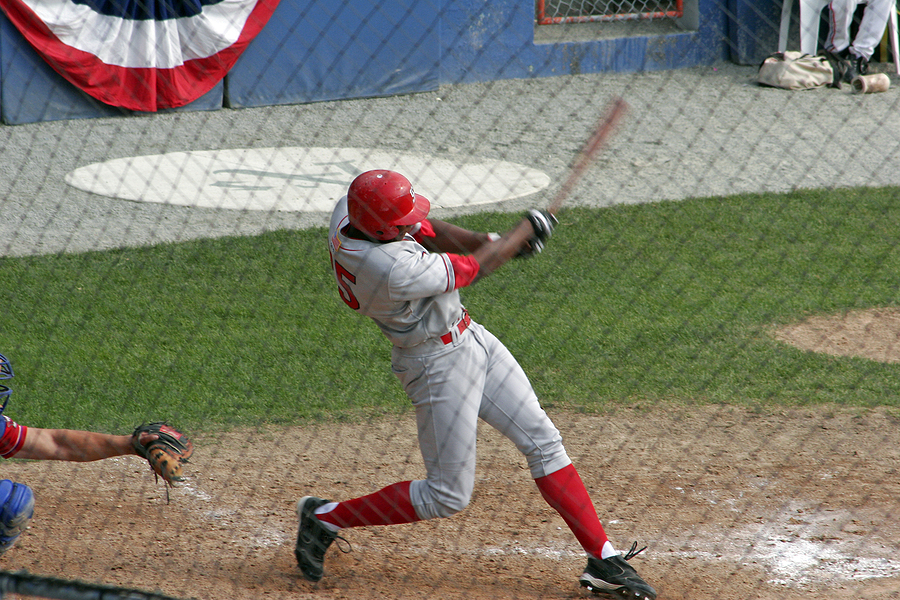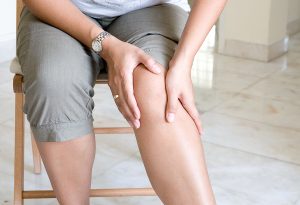Baseball is one of America’s favorite pastimes, but it comes with the potential for injuries. When you’re playing baseball, you risk injuring yourself during a game or practice. Explore some of the facts about baseball injuries.
- Almost half of professional baseball players have had at least one arm injury related to their career.
- About half of all facial injuries related to sports happen during a baseball game.
- As many as half of youth athletes have suffered some form of injury during a practice or game. Around 110,000 children aged 5 to 14 went to the ER for baseball-related injuries.
- About 30% of all injuries in high school athletes are elbow injuries.
- Around 1,000 youth athletes end up needing reconstructive surgery due to elbow injuries from baseball.
- 13% of baseball injuries occur during a slide.
- Six out of 10 baseball players experience a rotator cuff injury.
Those are just a handful of statistics related to baseball injuries in all age groups. Learn more about the most common baseball injuries and the best ways to prevent them. Plus, learn how to treat them if they do happen.
ACL and UCL – Ligament Injuries
The anterior cruciate ligament (ACL) runs diagonally across the middle of the knee. Its role is to keep the tibia from moving in front of the femur. It’s one of the most common causes of knee pain and usually occurs with damage to other areas of the knee.
When you have an ACL injury, it’s usually caused by slowing down suddenly, landing a jump incorrectly, or changing direction suddenly. It can also happen during a collision.
There’s also the UCL (ulnar collateral ligament that runs along the inside of the elbow. It’s a common injury in pitchers who perform fast, sudden snaps of the forearm and elbow while throwing the ball.
The best treatment is rest and physical therapy. Strength training of the leg and knee muscles is important for preventing re-injury. Stem cell therapy can help with healing.
Catcher’s Thumb (Sprained Thumb)
If a ball is fouled and comes back into a catcher’s thumb, it causes a hyper-extension injury that causes bruising and pain. It can be an injury that keeps occurring for an entire season. RICE (rest, ice, compression, and elevation) is a common treatment, and over-the-counter NSAIDs help ease pain and swelling. Splinting the thumb is often recommended to prevent re-injury.
“Dead Arm”
“Dead arm” is a shoulder injury caused by repetitive motion. When the tissue around the posterior capsule’s tissues builds up, it can cause tightness that restricts shoulder movement. It’s more common in older athletes who perform repetitive motions like pitching a ball.
It’s important to have dead arm diagnosed before the labrum (cartilage around the shoulder socket) tears. Physical therapy is one of the most common treatments for this shoulder injury.
Fractures and Sprains
Fractures and sprains are incredibly common. They can occur when you land wrong, collide with another player, slide into an object, or get hit with a ball.
If you suspect you’ve fractured or sprained some part of your body, see a sports and orthopedics specialist for x-rays and to determine the best treatment plan. Physical therapy may be needed to help strengthen the joints and muscles if the damage is severe.
Pitcher’s Elbow
The elbow has an olecranon (a bony bump that forms the point of the elbow) that can become inflamed from repetitive motion and overuse. It’s very painful and occurs often in pitchers who are throwing balls again and again for several innings and during practices. If there’s a stress fracture of the olecranon, x-rays, CT scans, and MRIs help pinpoint the issues.
If it’s diagnosed, physical therapy and pain management with medications like ibuprofen help. PRP injections can help heal ligaments that are damaged. Bone spurs may need surgical treatment.
Rotator Cuff Injuries
The muscles and tendons that support the shoulder joint are known as the rotator cuff. When there’s a rotator cuff injury, the pain is dull and gets worse at certain hours of the night. They’re very common in baseball players who often reach over their heads to catch or throw a ball.
It’s best to treat a rotator cuff injury early with physical therapy and treatments like PRP injections. If it gets too bad, surgery may become necessary.
Strained Hamstring
Hamstring injuries are so incredibly painful and common in athletes who start and stop a lot. The hamstrings make up three muscles in the back of the thigh, and when it happens, you might feel a pop or tearing sensation along with the pain.
Within a few hours bruising, swelling, and tenderness occur. If the strain is mild, RICE measures help. If you can’t put weight on that leg, see a doctor. Prevention is ideal, which means warming up and staying in shape throughout the year. If it’s too late and you have a hamstring injury, see a sports and orthopedic specialist to arrange physical therapy and pain treatments.
Torn Labrum
There are different types of labral tears. A tear in the front of the shoulder is a Bankart tear. If it’s in the back of the shoulder, it’s a posterior labrum tear. Finally, there’s a SLAP tear that occurs if dead arm worsens.
X-rays and MRIs help determine if there’s a tear. If there is, RICE is the first treatment option. Practices and games need to stop for now until the shoulder heals. Sometimes, corticosteroid injections help the shoulder heal. You can also try newer options like stem cell therapy and PRP injections can help with healing and pain.
Traumatic Brain Injuries
Even with helmets, a ball to the head or face can lead to severe head injuries. Colliding with another player or getting hit by a bat can also lead to a traumatic brain injury. Concussions are on the lower end of the severity, but they’re not something to ignore.
Wearing protective helmets when batting is important. A catcher needs to wear a catcher’s mask and helmet, too. You’ve probably seen footage of a pitcher getting hit in the head by a hit. That’s a harder injury to avoid, but having a glove ready to block a ball is best if you have time.
When you are hit by a ball, make sure you see a doctor. You also should have someone stay with you if you’ve been diagnosed as having a concussion. It’s not ideal to be alone for a day or so. Listen to your doctor and sit out practices and games for as long as you’ve been told to sit them out.
Wrist Tendinitis
Some baseball players injure the tendons that connect the bones of the forearm to the bones of the wrist. When this happens, inflammation causes pain, which makes it hard to control your fingers, hand, and wrist. Ulnar tendonitis occurs when the tendons on the pinky side of the hand are inflamed. The other common form is de Quervain’s tendinitis where the tendons from the thumb to the wrist become inflamed.
NSAID medications like ibuprofen are one of the most common treatments for wrist tendinitis. For baseball players who constantly hold and throw a ball, which requires tremendous wrist and finger control, physical therapy helps strengthen the muscles and tendons. A splint might help. In severe cases, surgery may be recommended.
Premium Sports & Orthopedics excels in helping athletes recover from baseball injuries. Even better, see us before you suffer a painful injury. Our experts help you get into the best possible shape for your games and practices, which helps lower the risk of a baseball-related injury. Schedule an appointment online or by phone.







